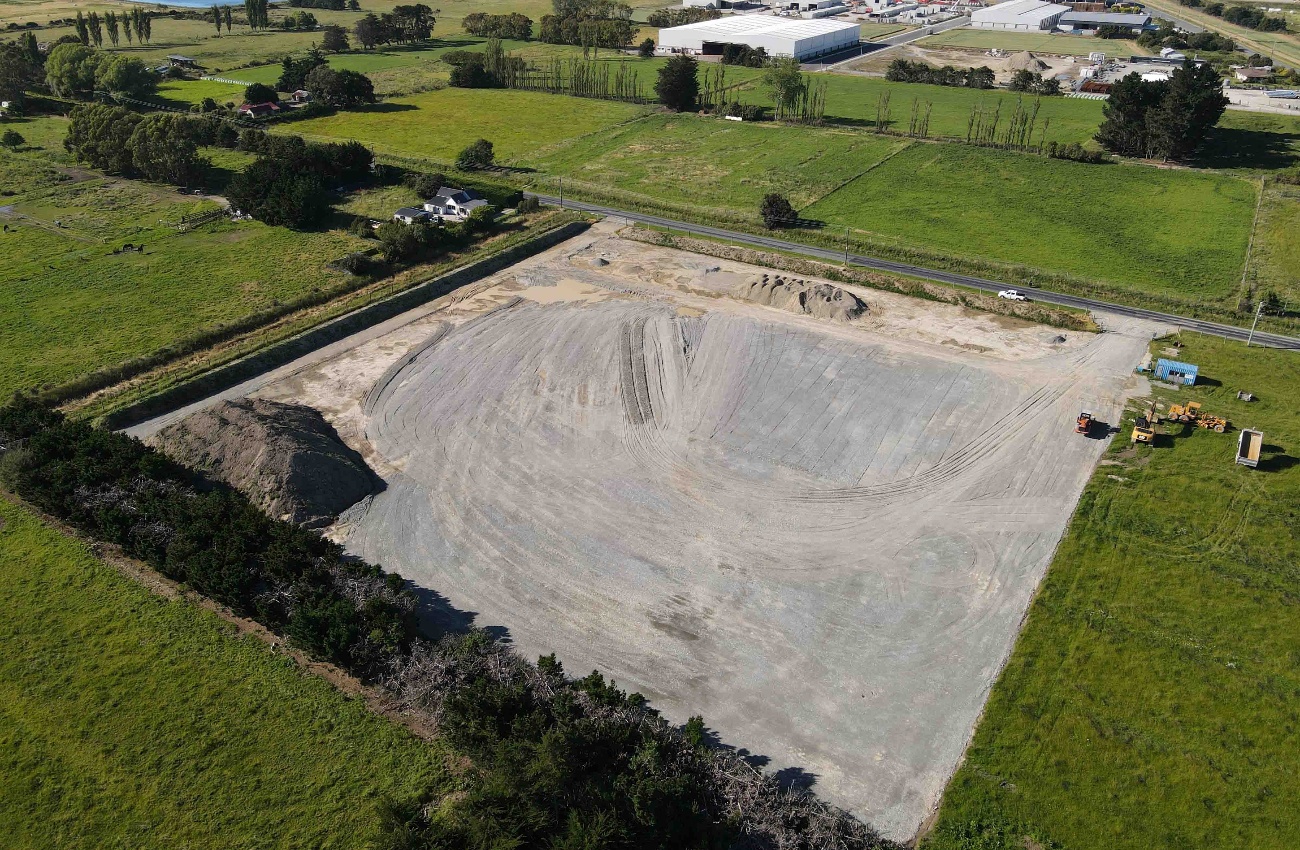5 reasons for budget overruns and how to avoid them

Are you looking to start a new construction project but want to ensure overruns are avoided? Most business owners only have a finite amount they want to spend on a big project like a new factory or warehouse.
With many years of experience in the industrial building industry, the team at XL Structural have heard all the stories of cost overruns and budget blowouts in the construction process. It is important to understand what can cause cost overruns early in the building process, so you are well prepared for any eventuality. In this article, we provide you with an outline of the common reasons behind budget overruns and suggest strategies to mitigate the risk of exceeding your budget.
5 reasons behind budget overruns
1. Compliance and Resource Conditions
The choice of a site significantly affects the regulatory requirements and permits necessary for your project. Factors such as traffic flow, access, and local council regulations can necessitate adaptations and additional costs. For instance, if your access is off a state highway, there may be extra requirements for vehicle access. In a recent example, a client was required to create a pull-off bay from the State Highway to access their property, this came as an unexpected cost to the client at a very early stage of the planning process.
Protected trees, firefighting mitigation or stormwater management can also influence the project's compliance needs and associated expenses. If you are unsure whether you need resource consent check out our recent article on resource consent for industrial buildings.
An example of protected trees causing additional costs was where the resource consent conditions for a new workshop required a vast number of new trees to be planted because two protected trees were in a position where they had to be cut down to enable a building to be constructed on the site.
2. Ground Conditions
Unexpected or poor ground conditions often wreak havoc on project costs and timelines. A range of variables can impact the engineering requirements, so it is crucial to understand the ground conditions early on in the process.
Uncompacted fill, buried rubbish, or contaminated ground may require structural adjustments, geotechnical engineering solutions, or remediation works. These options can significantly vary in cost, particularly if the site is classified as HAIL (Hazardous Activities & Industries List) - land contaminated by chemicals or oil spills.
Geotechnical testing reports may not always capture all the conditions, so close collaboration between consultants and experts is essential.
For example, a local New Zealand business recently got a geotechnical report prepared for a prepurchase assessment and the report stated good ground-bearing capacity giving false assurance of no ground issues. This report however didn’t contain enough information for construction. When an in-depth Geotechnical report was completed it highlighted ground issues outside of the scope of the initial prepurchase assessment. This resulted in costs to the owner of over $100,000 for ground remediation works.
3. Finished Floor Level (FFL) and Site Work Costs
The designated FFL set by the council can influence the costs associated with site preparation and planning. Factors such as flood levels, earth disturbance limitations, and stormwater management all affect the final finished floor level.
Flood levels have been an area of review recently for many councils around New Zealand and flood levels designated by councils have been changing. Delays in the project timeline can mean the new flood levels designated by the council need to be met, resulting in unexpected costs.
While a flat site may seem ideal, sloping sites can provide advantages in terms of providing runoff for stormwater flow and management. Effective communication between engineers, planners, and those involved in the consent process is vital to ensure that any changes made are thoroughly examined for their impact on other construction aspects.
4. Design Scope Creep
Design scope creep occurs when additional elements are added to the design during the project, often resulting in significant cost increases. While these additions may seem like minor items individually, they can accumulate and strain the budget. Careful consideration of the budget is crucial to control costs. Unnecessary complexity in the design can have a substantial impact on project expenses.
For example, specialised claddings can come at a premium. While this can be worth the extra cost if it is significantly enhancing the aesthetics of the building, sometimes architects specify warehouse roof and wall claddings that are significantly more expensive than regular products, and add little in the way of aesthetics or function. Regular communication with the designer and understanding costs while making decisions can help prevent scope creep.
5. Accurately Estimate Project Costs
If projects aren’t estimated correctly from the outset, your project is destined to overrun in cost from the start. There are many elements of the project to consider, and prices can fluctuate or increase dramatically depending on many factors such as project scope, materials used, and location.
Realistic schedules are also important and will influence costs. A quantity surveyor or professional estimator is your key to unlocking that knowledge, they should have up-to-date pricing and experience where projects may have overrun in the past. Get input from contractors and stakeholders that have had experience in similar projects to ensure budgets are realistic and accurate.
Strategies to Avoid Budget Blowouts
Here is a list of some strategies you can use during your building process to avoid the risk of budget blowouts.- Conduct early planning and due diligence by involving a lead consultant and experts in relevant fields.
- Understand the cost implications of changes and choices made throughout the project.
- Seek guidance from experts with comprehensive knowledge of regulations and codes.
- Be aware of the costs associated with "nice-to-have" features and maintain open conversations about expenses with the designer.
- Consider the long-term or the flow-on impact of certain decisions. An example of this is additional requirements due to increased size (e.g., mezzanines over 400 m2 require an elevator and additional fire egress paths).
- Establish effective communication channels and engage a lead consultant who comprehends all compliance aspects and cost implications.
- Pay attention to stormwater management requirements and engage a civil engineer familiar with local regulations and site conditions.
- Account for potential cost increases due to inflation and material availability issues.
- Avoid rushed design processes and decision-making, as this can often result in expensive shortcuts and late changes. It can also mean there isn't time to get competitive market pricing.
- Plan diligently, expect the unexpected, and allocate a contingency budget.
- Recognise the domino effect of decisions or design changes on other aspects of the project. An example of this may be lowering the FFL of the building to save on-site fill. This can simply move the cost elsewhere as the hardstands/water management becomes more difficult and costly as there isn't enough fall.
To ensure a successful project, we’d recommend you partner with experts and professionals you can trust, and keep in mind cost implications at each point of the decision-making process.
At XL Structural, we work with our clients from concept to completion and take a holistic approach to minimise the potential for cost overruns. Our lead consultants have experience in all aspects of the planning and installation stages and will work with you to ensure a successful project outcome. Contact our team of experts today to discuss your next build.



